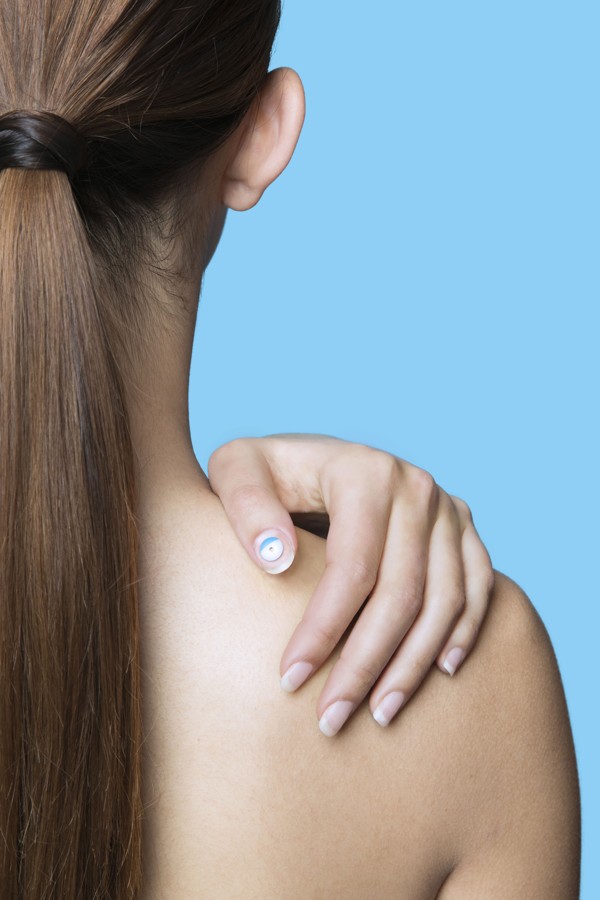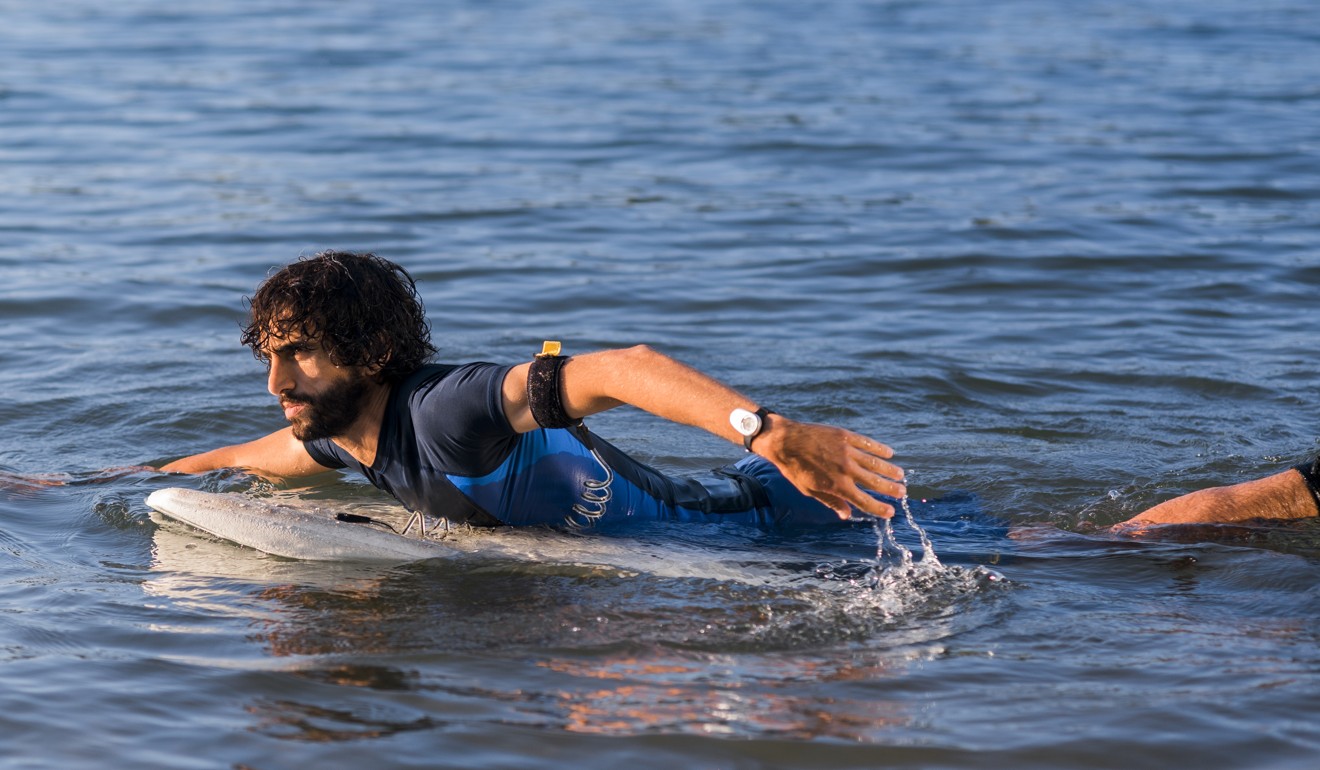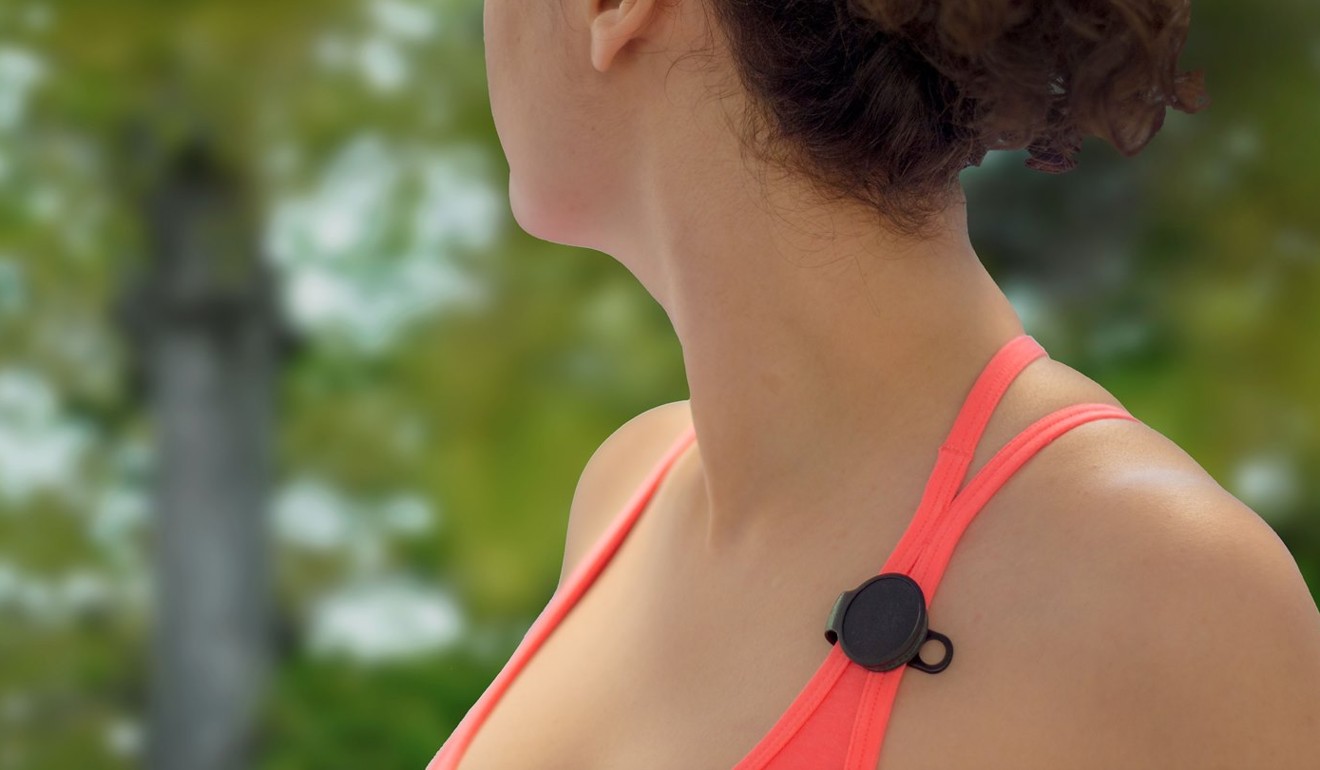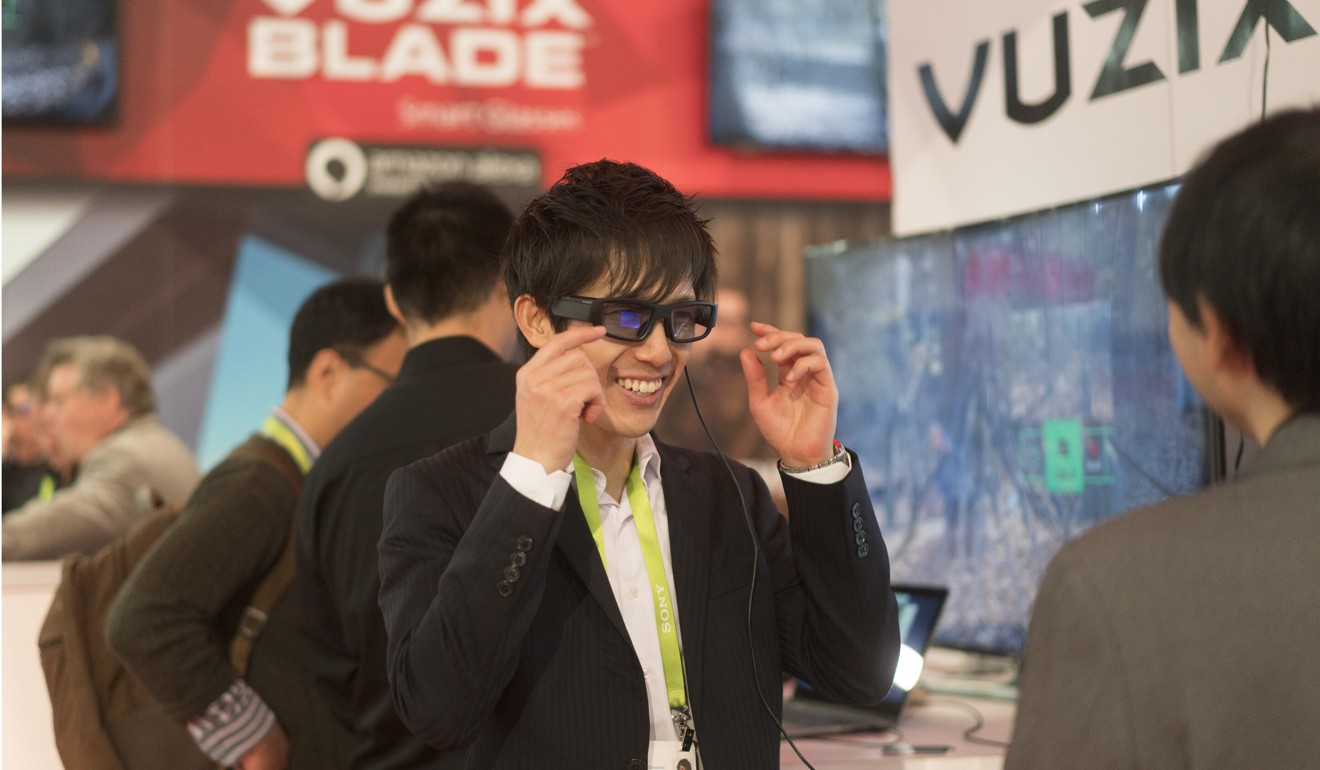
How sun-smart wearables can help you avoid harmful UV exposure
Wearable tech can help you get the most out of your summer by measuring your levels of sun exposure
Sunny days are here again as spring rolls into summer – the perfect time to get out and about before the heat sets in.
While sunshine feels wonderful on bare skin and can give the body a golden glow, too much ultraviolet radiation (UV) exposure can be harmful. Sun-induced skin damage causes premature wrinkling, sags and bags, according to a report by the World Health Organisation, which finds that up to 90 per cent of the visible changes commonly attributed to ageing may be caused by sun exposure.
There’s also an increased risk of skin cancer, the incidence of which Hong Kong Anti-Cancer Society says has increased by almost 100 per cent in Hong Kong in the space of a decade.
Avoiding the sun altogether is not recommended either. Apart from delivering a healthy dose of bone-building vitamin D, sunlight is known to boost mood, relieve stress and can even be good for certain skin conditions. As with most good things in life, moderation is key. And with a little help from sun-smart tech, we can now linger longer in the sun’s gorgeous rays.
Patches and wearables that detect UV exposure are an obvious place to start. L’Oréal, the beauty company that developed its first commercial sunscreen product in 1935, has been working on that, and this summer plans to release what it claims to be the first battery-free wearable electronic UV sensor.

The company first tested the market with a stretchable UV-sensing patch in 2016. It discovered that having such information changes user behaviour: 34 per cent said they applied sunscreen more often as a result, while 37 per cent tried to stay in the shade more frequently. But users also wanted a smaller, longer-lasting wearable with real-time data. The result is UV Sense, a device small enough to fit on a fingernail that sends personalised sun care advice to the wearer’s smartphone. The device can store up to three months of data and show trends of exposure over time with instant updates.
US technology company Ultra Inc has developed a wearable – called Violet – that encourages time spent in the sun, but warns you when it’s enough. The company’s co-founder, Nabyl Bennouri, hit on the idea after being diagnosed with a vitamin D deficiency.
“Too much or too little of the sun can be dangerous for your health,” he says. “Until now there was no convenient way to measure your sun exposure and know when it’s time to protect yourself if you’re getting too much.”

Violet is customised to the user’s physiology, and syncs with a smartphone to offer “objective guidance to achieve optimal sun balance, and prescribes behavioural changes to maintain personal health”. According to Bennouri, the device is production right now and will be available to purchase on the company’s website “as soon as it’s ready”.
Makers of The Shade UV sensor, a magnetised clip-on wearable, claim their device is sensitive enough to measure even UV rays encountered indoors – such as from light bulbs (which really is a thing, apparently), or the sun beamed through windows.

The QSun wearable does a similar job, with a few additional features. When you’re shopping, the QSun app can help identify the right sunscreen for you, just by scanning a product’s bar code on your mobile phone. Snap a selfie through the QSun app homepage and the technology can score an individual’s skin age and health by analysing common skin problems, such as dark circles and spots.
Health experts stress the importance of protecting children from sunburn, since most of the damage that may lead to skin cancers occurs by the age of 18. Perhaps the simplest form of protection – apart from applying sunscreen, of course – is mobile apps like that from Wolfram, which calculates how long skin can be exposed to the sun without burning based on an individual’s skin type, location, time, and the sun protection factor (SPF) on the sunscreen they are using. For teens, the funky colours of the wrist-worn SunFriend personal UV monitor would look cool on the beach or poolside this summer.

Eye sunburn is a concern as well, and like that which occurs on the skin, it can be just as painful, and not usually noticed until after the damage has been done. Optometrists say the best defence is to wear sunglasses outdoors. So for those who can’t bear to be disconnected, Vuzix has previewed the first smart sunglasses with Amazon Alexa. According to the company, the Vuzix Blade will be commercially available beginning in Q2 for developers, and by autumn 2018 for consumers.

